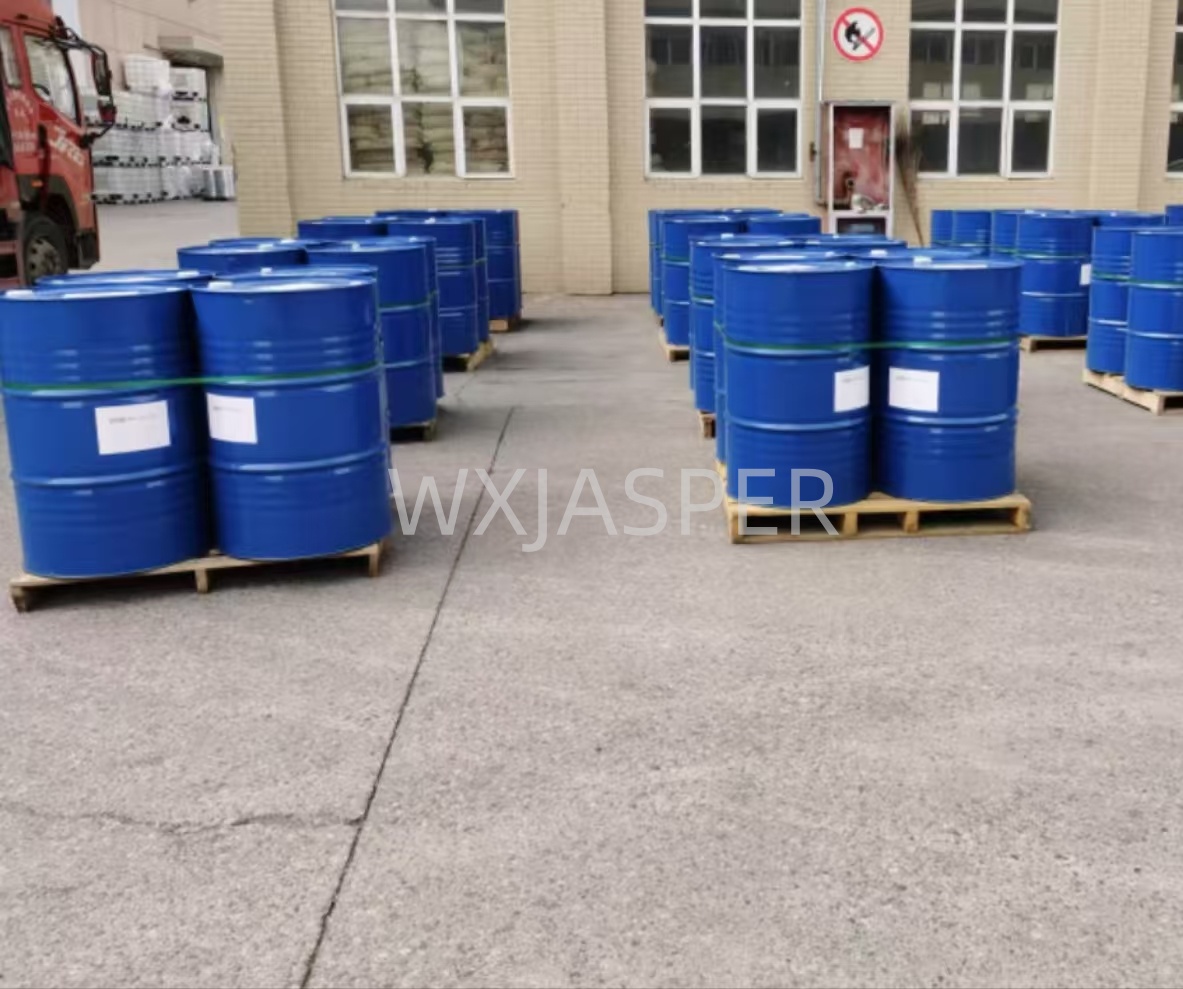Your Location:Home > Products > Solvents > Diisopropylamine



CasNo: 108-18-9
MF: C6H15N
Appearance: liquid
Delivery Time: 15 days
Packing: 200kg/drum
Purity: 99%
Industrial-grade diisopropylamine typically follows strict quality standards, with specifications for premium-grade products as follows:
| Quality Indicator | Specification (Premium Grade) | Description |
|---|---|---|
| Diisopropylamine Content | ≥99.5% | Core active component; high purity ensures stable performance in downstream synthesis and avoids impurity interference. |
| Isopropylamine (Monoisopropylamine) Content | ≤0.1% | Primary amine impurity; excessive levels reduce reaction selectivity in pharmaceutical and pesticide production. |
| Water Content | ≤0.2% | Controls moisture to prevent hydrolysis of amine groups and corrosion of metal storage/transport equipment. |
| Other Impurities | ≤0.2% | Includes trace by-products (e.g., triisopropylamine) or residual solvents; strict limits ensure product consistency. |
| Color (APHA) | ≤15 | Measures liquid clarity; lower values indicate fewer oxidized impurities and better product purity. |